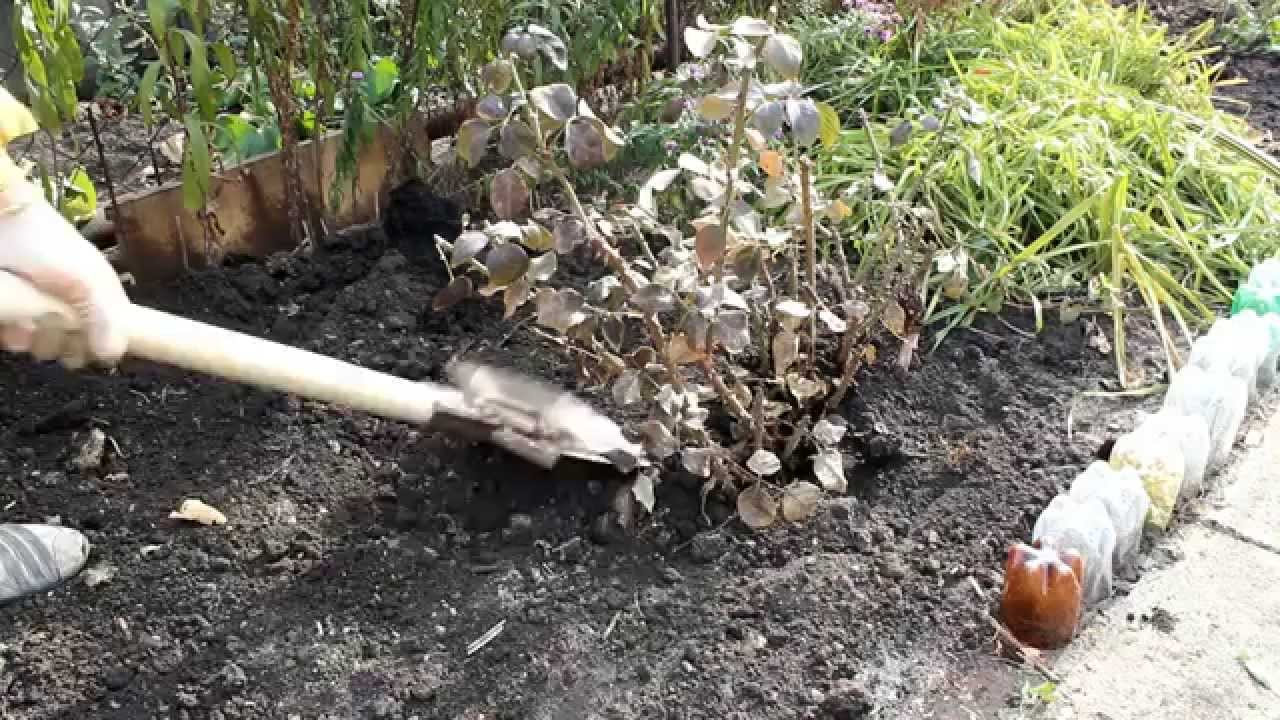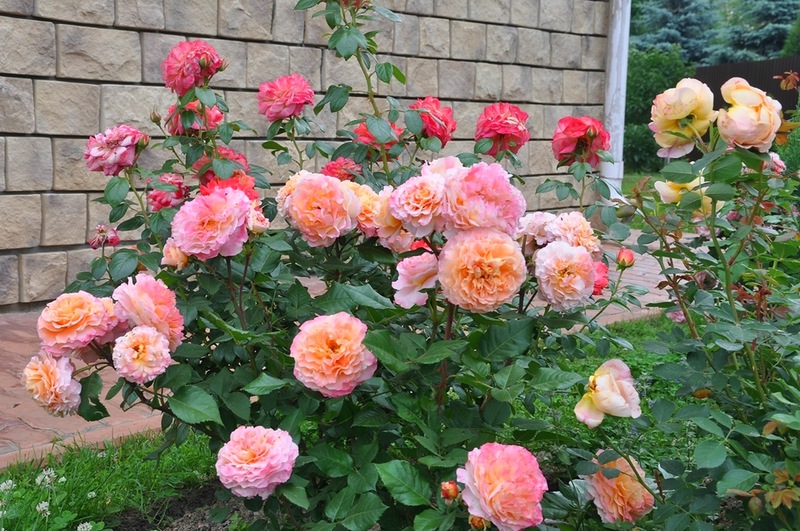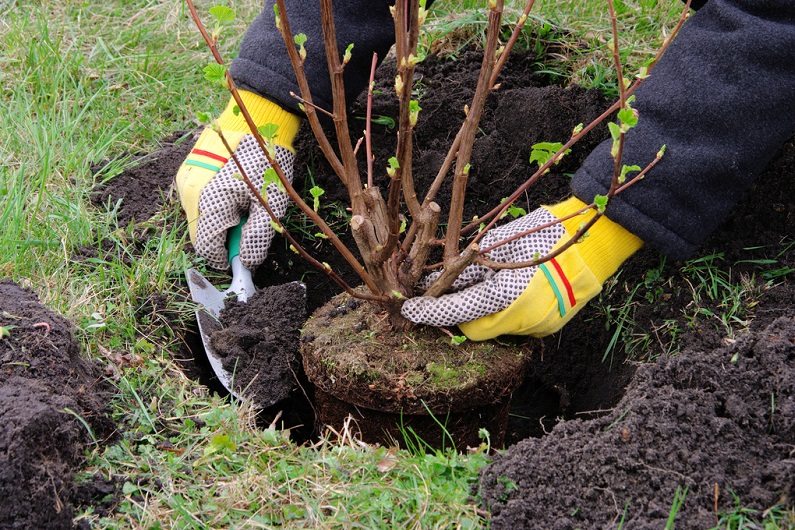Content:
Caring for a finicky garden beauty rose requires close attention. In order for the “queen of flowers” to please the eye with her bloom, you need to work hard. Having chosen a suitable seedling variety in the store, you need to plant it in a spacious, sufficiently sunny and ventilated place prepared in advance. Later, the plant must be fed on time with various fertilizers, thoroughly watered, loosened the ground, cut off dried and damaged leaves, destroy rodents and insect pests, carefully insulate so that the flower can survive the winter frosts.
Causes
Sometimes it is necessary to transplant roses to another place in the fall. Most often this is due to the fact that the flower has grown very much or the earth has depleted under it, the soil has become too wet when new buildings on the street create a permanent shadow for the bush or due to a change in the landscape of the summer cottage. A climbing rose can die altogether if it is not replanted at least every two or three years.
The optimal time is spring or autumn. The main thing is that the plant takes root and has time to adapt to the upcoming conditions: to get stronger in the spring and stock up on energy before the onset of the summer heat, in the fall to gain strength before the onset of winter frosts.
Is it possible to transplant a rose in August
As a rule, the flower at this time still pleases with its flowering, therefore, after transplanting, the buds will need to be cut off so that the plant quickly takes root in a new place and does not waste energy on flowering.
Is it possible to transplant roses in the fall. Transplant rules
The land in the place where the plant will be transplanted must be prepared: mix a bucket of peat with several tablespoons of bone meal, ash, garden soil and superphosphate. A few days before transplanting, the plant needs good watering so that when digging up, the root system is damaged as little as possible and a land ball forms around.
Damaged roots and broken branches must be carefully trimmed. If it is not possible to preserve the earthen ball and the roots are exposed, then the root system of the plant is placed in a solution of water with a rooting agent for two hours, so that the plant will quickly take root in a new place. Then, in a prepared hole with drainage 50 cm deep (depending on the size of the root system), you need to place the prepared plant, level the roots, water it well and cover it with a little earth, water it again and completely cover it and tamp the earth, avoiding the air space that the plant can bring to ruin.
If there is a sufficient clod of earth left on the roots of the roses, the process of transplanting to a new place will not be difficult even for novice amateur gardeners. At the bottom of the prepared hole, you need to pour water, add soil with fertilizers, place the plant in its usual soil, dig a little and water again. Then finally fill the hole with earth, also avoiding air jams, and tamp it. When transplanting several bushes, it is necessary that they do not interfere with each other, the distance between them should be 60-80 cm.
Tips from experienced florists
Many experienced gardeners and summer residents advise using the lunar calendar for proper care of blooming beauties, which details favorable and unfavorable dates for transplanting, feeding, pruning, watering and other plant care measures.
If during the autumn transplantation of roses all the rules are observed and the plant will take root well, then the next transplant can be done only after two or three years.















